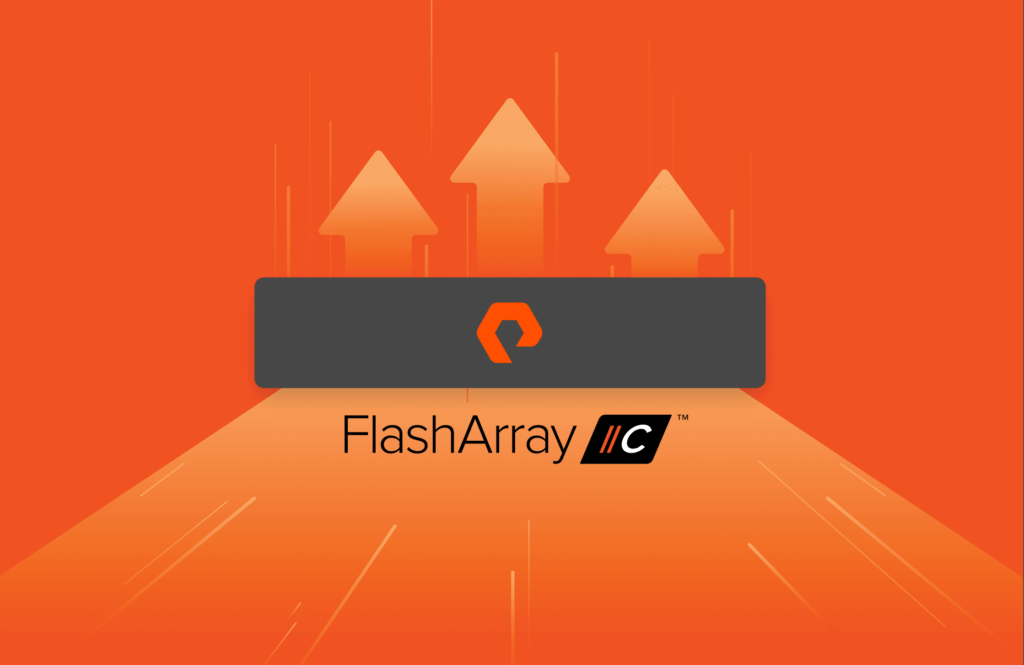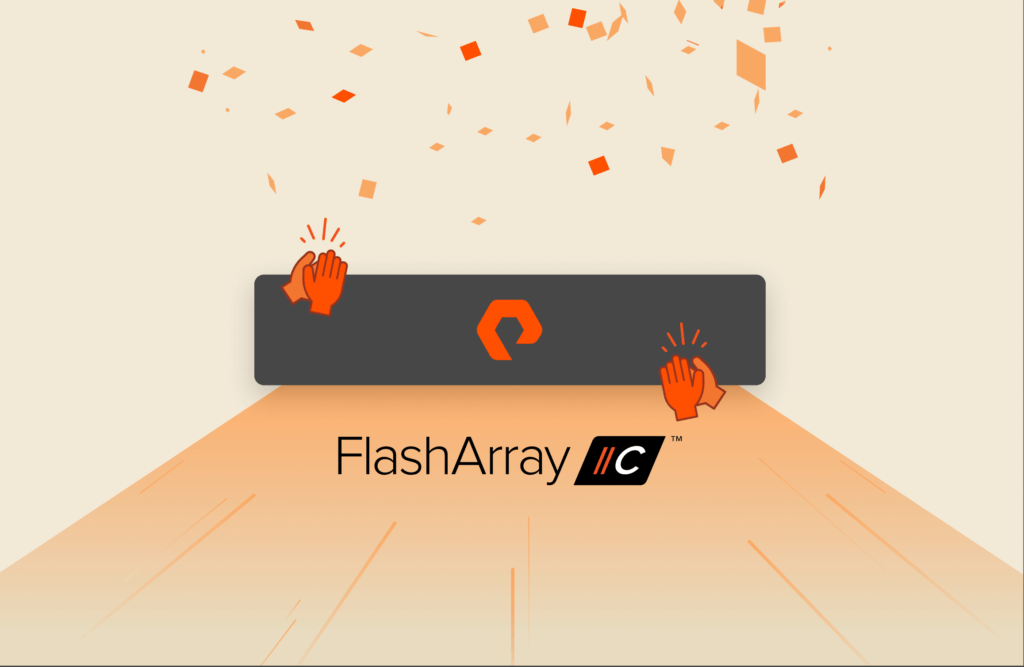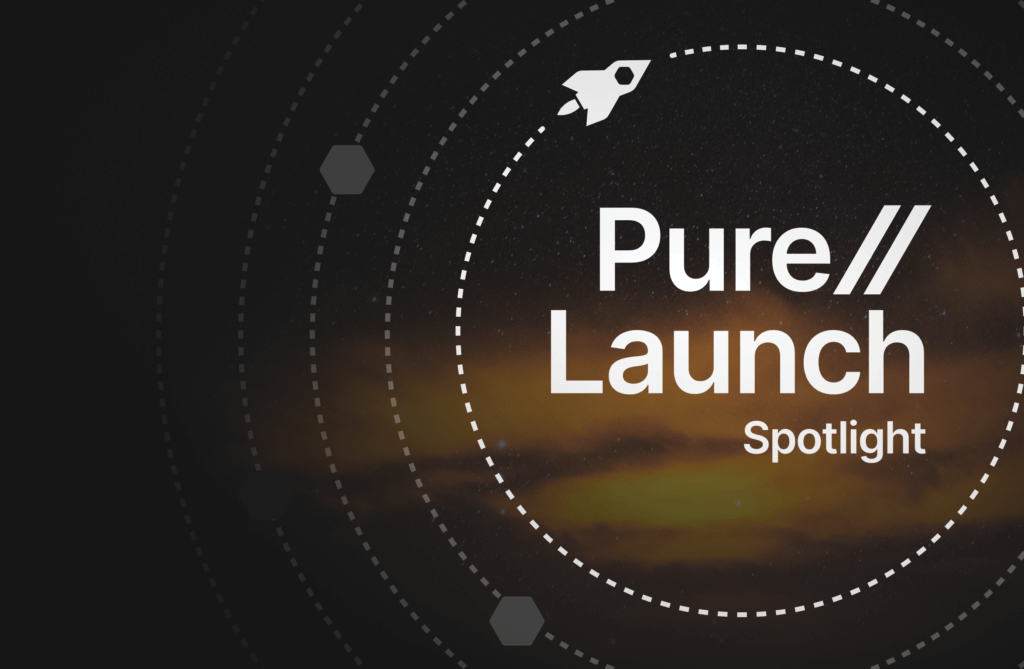Downtime and data loss are business killers. They not only hurt revenue but can damage a strong brand, impact employee productivity, and weaken customer and employee confidence.
An April 2020 ESG study on data-storage availability shows that mission-critical applications and workloads are on the rise, with one in three applications now deemed essential to the business.
In the study, IT leaders report that 42% of their applications are hosted on-premises, yet they are less confident that these workloads can recover in time to consistently meet their needs. More than half report that they perform recovery testing at least monthly to be prepared for a real outage. And while it’s true that more practice typically generates better results, fewer than a quarter of all tests reported a 90% or better success rate.
It’s no wonder IT leaders lack certainty that their businesses are protected and will be up and running in the timeframes they need.
To implement business continuity and disaster recovery—while still minimizing downtime—business and IT leaders need solutions they can trust without having to add infrastructure and IT resources. Specifically, they need solutions that:
- Enable the business to minimize data loss and respond rapidly to business outages
- Simplify frequent recovery testing, while continuing to protect data
- Quickly and seamlessly adapt to changing business needs
- Provide consistent testing and real failover workflows to minimize error and increase success
Protect Your Data—And Your Business
Pure Storage FlashArray™ has a full family of data-protection features designed to help protect your business. These features include snapshots for immediate local array protection, asynchronous snapshot replication for simple off-site data backup, and a copy offload to cloud or NFS for longer-term archive.
For business continuity, Purity ActiveCluster™ provides synchronous replication across two data centers on the same campus, city, or metro region. ActiveCluster also provides automatic fail-over during an outage to ensure businesses are not impacted. That’s important because sites need to be relatively close to each other to minimize response time to the host. Synchronous replication acknowledges writes to applications after ensuring the second array has received the data. ActiveCluster protects mission-critical applications and businesses that can’t tolerate any data loss, delivering both zero recovery point objective (RPO) and zero recovery time objective (RTO).
The release of Purity 6 extends FlashArray’s data-protection capabilities with ActiveDR™. In just a few minutes of setup, you can start using ActiveDR to build business resiliency with continuously active replication. Active DR seamlessly protects application data—at nearly any distance—to bring success and confidence back into your disaster-recovery environment and meet your availability requirements.
Accelerate Business Response
Pure Storage FlashArray high-performance, all-flash storage delivers proven 99.9999% reliability and non-disruptive upgrades to optimize your data center’s uptime. ActiveDR makes built-in business resiliency a reality, allowing you to quickly react and minimize downtime costs. ActiveDR streams writes to the target for continuous replication and near-zero RPO (a much lower RPO than traditional array-based replication).
Minimizing complexity during a disaster is critical. ActiveDR simplifies the process by allowing you to pre-connect hosts during setup to connect applications quickly and easily during a failover as well as reducing the number of steps required to recover. Accessing that data is easy. There’s no need to create clones, set data to writable, or make changes to the storage to make data accessible. ActiveDR makes it easy for you to have a low RTO and quickly get your business and systems up and running.
Resilient Across Any Distance without More Infrastructure
ActiveDR enables data protection and builds business resilience beyond a data center or metropolitan region. Designed for continuous data protection across sites with virtually no distance limitations, ActiveDR prioritizes front-end performance to ensure that replication doesn’t impact applications that are sensitive to network and round-trip latency. Leverage the bandwidth of standard or existing network infrastructures to easily add business resiliency to protect against local disasters. Plus, FlashArray’s compression over the wire requires less bandwidth.
Streamlined DR Workflows
Recovery testing is critical when preparing for a disaster. But some DR workflows can be complicated, messy, and inconsistent. We’ve engineered simplicity into ActiveDR for failover without compromise. ActiveDR is designed to continue replication, even when testing DR failovers, so you can test as frequently as you need without impacting your RPO. Single-command failover brings consistency to runbooks or orchestration steps for the entire environment for both testing and real failover events. Plus, with intelligent and automatic replication reversal, you are not at risk of forgetting to manually reverse the relationship after a failover event.
Simplified Management
ActiveDR is simple to implement, test, and manage, so IT staff can focus on long-term, value-added projects. There are no additional licenses or bolt-ons to install or administer. Just connect two FlashArray systems and you’re ready to start.
To simplify administration, ActiveDR uses a management construct called pods to organize data and associated settings into groups. The replication relationship is between two pods on two separate FlashArrays for straightforward administration. Pods simplify your ability to adjust to changing business demands. Grow, shrink, and add new volumes without complicated administrative feats or stopping replication. ActiveDR supports multi-direction replication for different data and you can configure multiple pods in different directions between two FlashArrays.
Unlike other solutions, there is no journal to manage or provision. Continuous change tracking is automatically managed by ActiveDR without the need to provision or monitor journal devices.
Unified Data Protection
Most IT environments have a multitude of applications and workloads. Use ActiveDR to protect one or more applications’ data with a unified strategy. There’s no need to rely solely on application vendors or to manage multiple vendor technologies. However, you can also integrate ActiveDR as part of other orchestration tools.
Complementing ActiveDR’s continuous replication and near-zero RPO, integration with VMware Site Recovery Manager (SRM) enables automation software to orchestrate application recovery and mobility across sites. Apply automated orchestration workflows to failover, migration, and failback. With VMware SRM, virtualization admins can centralize recovery plans for thousands of VMs to streamline disaster recovery and perform non-disruptive recovery testing.
Focused on Constant Evolution
At Pure, one of our underlying goals is to deliver robust, yet simple products. As a product manager, I look at what you’re doing today and think about what I can do to make your life easier. It’s not just another interface change (those are important, too), but working with engineering to build simplicity into the foundation of the actual product.
With ActiveDR, we took a hard look at what makes disaster recovery simple, while providing the best level of business resiliency possible. Once you start using it, you’ll find it provides you and your IT leaders with that most precious asset: peace of mind.
Learn more from my colleagues:
With its focus on Agile Data Services, Purity 6 empowers you to gain greater insight and control over your business. Learn more from Mike Kieran.
Alan Driscoll dives deeper into file services in his post: Why You Should Be Excited about FlashArray File Services.
Written By:






